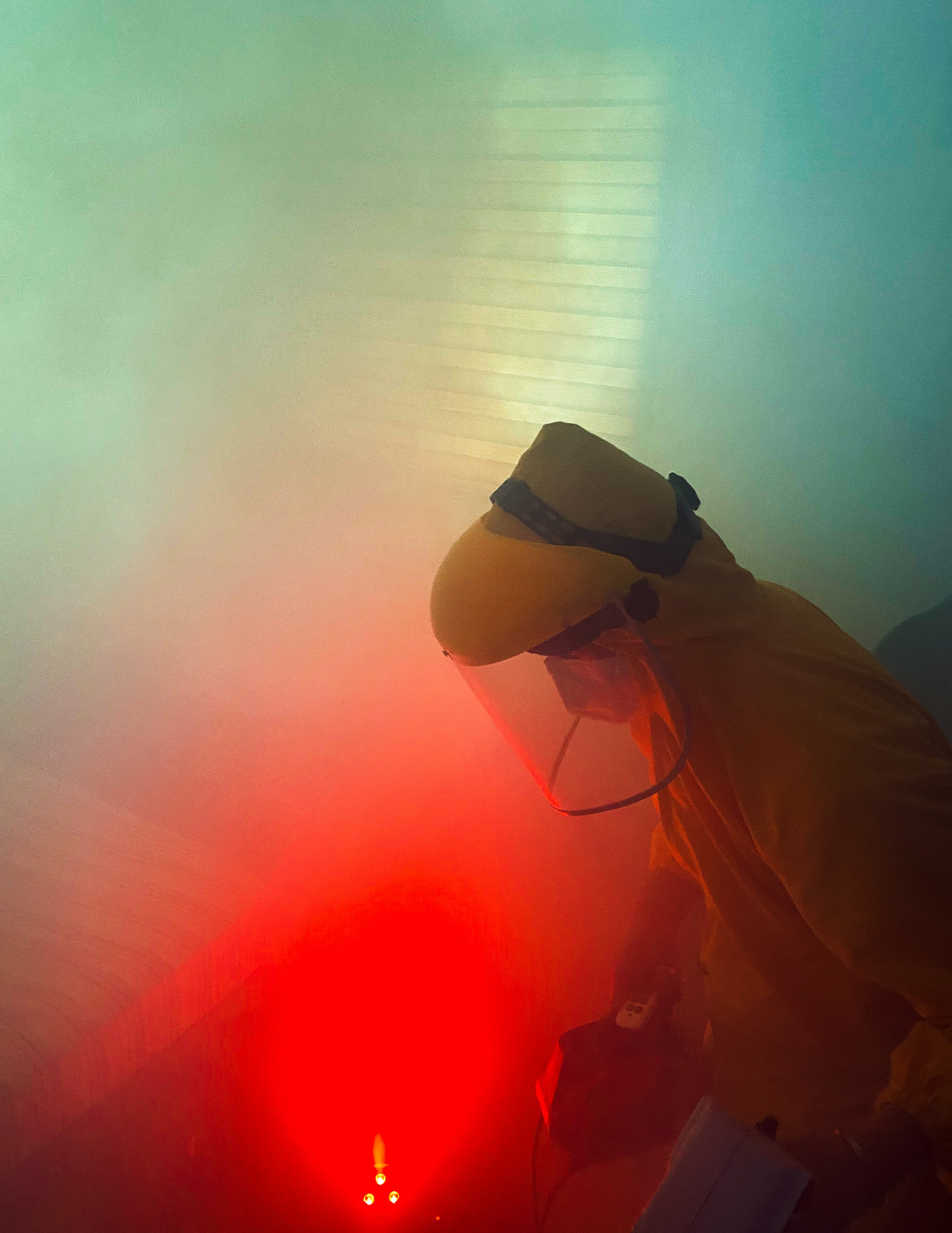Enclosed Space Vapor Neutralization
When toxic vapors accumulate in confined spaces, the risks to health and safety increase significantly. Whether it’s in a building, a vehicle, or any small, enclosed area, these dangerous gases can pose serious threats to anyone in the vicinity.
What Makes Enclosed Space Vapor Neutralization Critical?
In confined spaces, ventilation is often limited or nonexistent, making the buildup of toxic vapors difficult to manage. Chemicals like ammonia, chlorine, and other industrial gases can accumulate in high concentrations, becoming deadly to those nearby. If left untreated, these chemicals can cause immediate health problems or even fatalities.
Key Challenges in Confined Spaces:
- Limited ventilation: Chemical vapors cannot dissipate easily, creating hazardous environments.
- Delayed response: Conventional methods may not act fast enough, putting responders and bystanders at risk.
- Difficult access: Rescue teams may face obstacles accessing or deploying neutralizing agents in tight spaces.
The FAST-ACT Pressurized Cylinder offers a practical solution to this challenge by quickly neutralizing toxic vapors in confined areas. The cylinder releases the FAST-ACT technology powder that adsorbs and neutralizes chemical vapors upon contact, preventing their harmful effects from spreading. The device is designed to be easily deployed in emergency situations and is effective in both small and large confined spaces.
- Rapid Deployment: The cylinder is lightweight, portable, and designed for quick activation—much like a fire extinguisher.
- Immediate Chemical Neutralization: The powder released from the cylinder neutralizes hazardous vapors, turning harmful chemicals into inert, non-toxic substances.
- Safe to Use in Confined Spaces: Ideal for situations where ventilation is poor or impractical, the FAST-ACT cylinder offers fast vapor neutralization without requiring extensive evacuation.
Real-World Applications:
- Chemical Suicides in Vehicles
- Scenario: A vehicle is filled with toxic vapors, such as hydrogen sulfide (H₂S), often used in chemical suicides.
- Challenge: First responders face the dual risk of exposure to life-threatening gases and limited ventilation in the confined space.
- Solution: Deploying FAST-ACT neutralizes the toxic gases, ensuring responders can safely access the vehicle.
- EV Fires in Garages
- Scenario: An electric vehicle (EV) battery fire in a closed garage releases hazardous chemicals such as hydrogen fluoride (HF), and sulfur dioxide (SO₂).
- Challenge: Toxic gases spread rapidly in confined spaces, increasing inhalation risks for bystanders and responders.
- Solution: FAST-ACT provides immediate neutralization of harmful vapors, mitigating the impact on surrounding areas.
- Terrorist Attacks or Mustard Gas Exposure
- Scenario: In a scenario involving chemical warfare agents such as sulfur mustard, toxic vapors can linger in enclosed areas, creating extended risk zones.
- Challenge: Traditional ventilation or cleaning methods may not be effective or timely enough to neutralize the hazard.
- Solution: FAST-ACT rapidly neutralizes the airborne chemical agent, reducing exposure and enabling quicker, safer access to the area.
Learn more about Mustard Gas
- Industrial or Warehouse Incidents
- Scenario: Leaks of industrial chemicals like ammonia (NH₃) or chlorine (Cl₂) in enclosed workspaces.
- Challenge: Workers and responders face acute exposure risks, and poor ventilation exacerbates the threat.
- Solution: FAST-ACT’s formulation swiftly addresses the chemical release, ensuring workplace safety.
Common Chemical Threats FAST-ACT Neutralizes
- Hydrogen Sulfide (H₂S): Found in chemical suicides or industrial spills.
- Hydrogen Fluoride (HF): Released during EV battery fires.
- Ammonia (NH₃): Often leaked in refrigeration or cleaning operations.
- Sulfur Mustard: A toxic vapor from chemical warfare agents.
- Chlorine (Cl₂): Used in pool maintenance or as an industrial chemical.
The Results You Can Expect
Using the FAST-ACT Pressurized Cylinder in enclosed spaces significantly reduces the risks associated with toxic vapor exposure. Its rapid response ensures harmful chemicals are neutralized before they can spread and cause harm. For responders and civilians, this translates into:
- Faster recovery: Immediate neutralization of the threat allows responders to act quickly without worrying about vapor exposure.
- Reduced risks: With toxic vapors effectively neutralized, the risk of inhalation and chemical exposure is minimized.
- Improved safety protocols: Incorporating FAST-ACT into your emergency response plan demonstrates a proactive approach to handling dangerous vapor hazards.

About Timilon Corporation:
Timilon Corporation is the manufacturer of FAST-ACT®, a proprietary formulation of non-toxic high-performance specialty materials effective at neutralizing a wide range of toxic chemicals with the added capability to destroy chemical warfare agents. The FAST-ACT technology is utilized by leading defense agencies, chemical industrial companies, first responders and HAZMAT teams to quickly and safely eliminate chemical hazards. For more information, reach out to Leticia Menzzano, Marketing Manager, lmenzzano@timilon.com.

